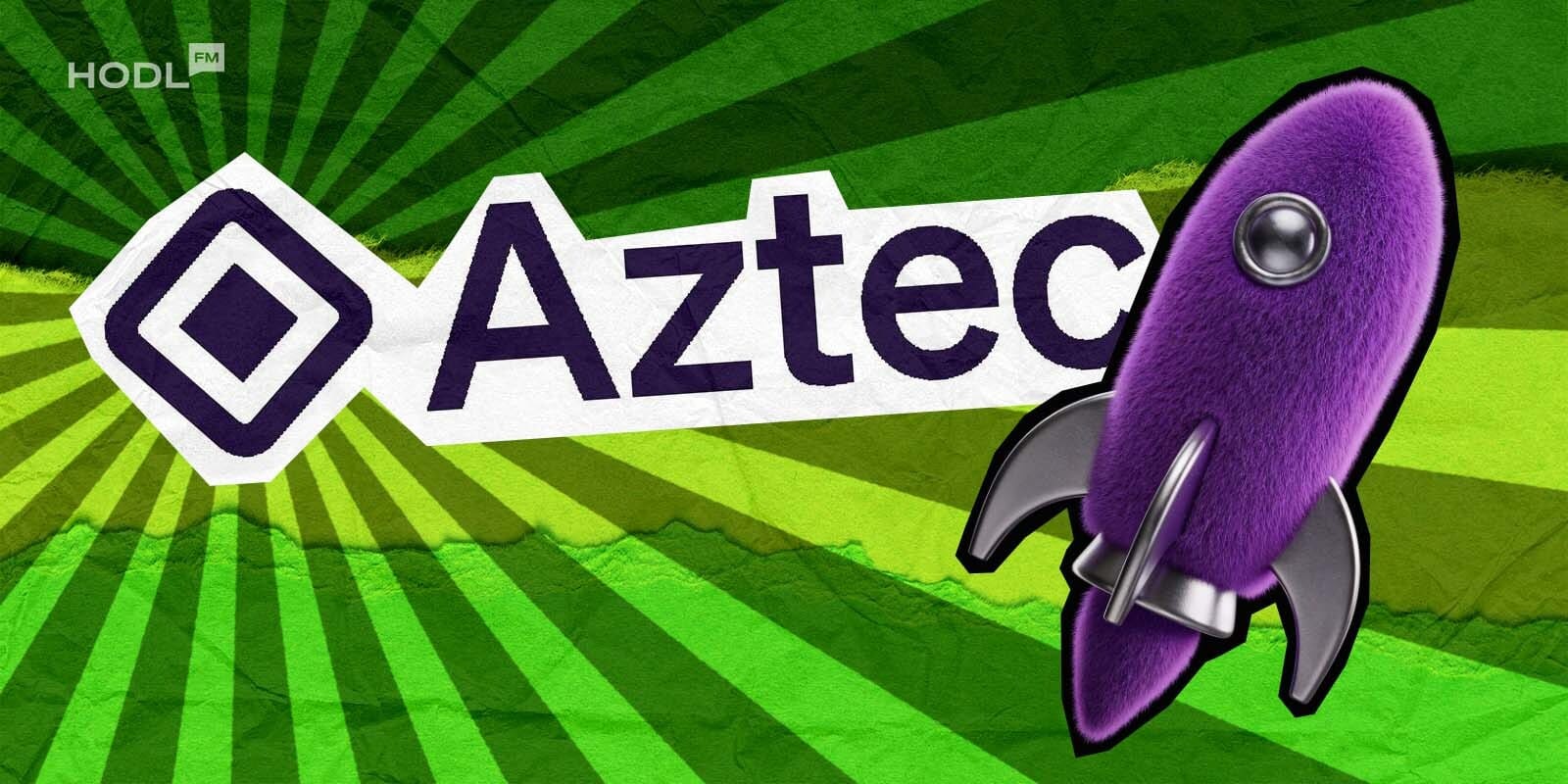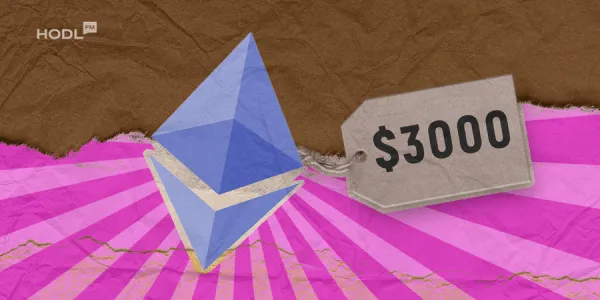Ethereum (ETH) has rebounded above $3,000 after nearly two weeks of decline, showing signs of renewed strength following a slide from $3,633 on November 10 to a monthly low of $2,680 on November 21, according to data from TradingView. The token trades around $3,050, up 7.5% over the past seven days, though still roughly 40% below the all-time high recorded in August.
Ethereum must hold above the $3,000 level for any meaningful shift in trend from bearish to bullish. The recent upswing has coincided with three key developments that have helped stabilize sentiment and triggered renewed interest among institutional and retail investors.

Falling exchange supply supports the price
The first driver of Ethereum’s recovery is the steady decline in exchange-held ETH supply. Data from CryptoQuant shows that reserves on trading platforms have fallen sharply from 20.9 million in early July to 16.8 million at press time. A drop in exchange balances often signals lower immediate selling pressure, which historically favors upward price momentum.

Charts from CryptoQuant indicate that ETH supply on exchanges has reached multi-year lows, reinforcing the notion that investors are withdrawing tokens into long-term holdings or staking platforms. This structural tightening aligns with renewed demand for staking returns following the network’s September validator upgrades.
Anticipation for the Fusaka upgrade lifts sentiment
Ethereum’s upcoming Fusaka upgrade, potentially scheduled for December 3, has prompted fresh optimism across the community. Developers describe this update as the network’s largest since “The Merge,” aiming to address data availability for rollups and improve scaling efficiency for Layer-2 networks.
Fusaka is a crucial step for reducing costs and facilitating more efficient blockspace usage across decentralized applications. With expectations high, traders have interpreted the planned release as a bullish catalyst for medium-term network adoption and valuation.
Institutional inflows and BitMine’s aggressive accumulation
The third key factor driving ETH’s rebound is the return of capital to spot Ethereum ETFs and renewed corporate buying led by BitMine Immersion Technologies. Data from SoSoValue shows that nine U.S. spot ETH ETFs have recorded $236 million in net inflows this week after three consecutive weeks of outflows totaling $1.7 billion.
At the same time, BitMine has continued expanding its Ethereum treasury position. According to on-chain data tracked by Lookonchain and Arkham, the company added 14,618 ETH worth approximately $44.34 million through institutional custodian BitGo. This transaction followed BitMine’s earlier purchase of $200 million worth of ETH.
Tom Lee(@fundstrat)'s #Bitmine just bought another
— Lookonchain (@lookonchain) November 28, 2025
14,618 $ETH($44.34M) 4 hours ago.https://t.co/P684j5Yil8 pic.twitter.com/LHOpDto1R5
After this latest transaction, BitMine holds 3.63 million ETH, roughly 3% of total supply, valued at more than $10 billion. The firm aims to accumulate 5% of the circulating supply as part of its corporate strategy. Chair Tom Lee has repeatedly voiced strong confidence in Ethereum, calling it a “truly neutral chain” suited for future financial infrastructure.
BitMine’s purchases support its ongoing pivot toward blockchain-based operations after moving away from Bitcoin mining in early 2025. To fund this shift, the company raised over $7 billion and launched plans for its Made in America Validator Network, scheduled for pilot in 2026.
Market structure and trader sentiment
On the technical front, Ethereum has broken out of a falling wedge pattern on the daily chart, a structure characterized by converging trendlines that typically precede a bullish reversal. The 200-day moving average near $3,096 serves as the next significant resistance. A successful breakout could propel the price toward $3,600, which aligns with the 61.8% Fibonacci retracement level.
However, derivatives data shows that traders remain cautious. Funding rates and long-to-short ratios at major exchanges indicate limited leveraged buying. Many still recall the October 10 price crash that caused widespread liquidations across centralized and decentralized venues. Ethereum’s total value locked fell from $99.8 billion to $72.3 billion after that event, according to DeFiLlama.
Network fees have also dropped by 13% over the past week while transaction counts remain steady, raising concerns about potential inflationary effects on ETH supply. A lower burn rate could weigh on the asset if on-chain activity continues to plateau.
Broader macro backdrop and outlook
Market participants point to weak U.S. job data and slowing consumer spending as sources of uncertainty for risk assets. According to Reuters, American companies announced more than 25,000 job cuts in November. Some analysts think these conditions could prompt the U.S. Federal Reserve to adopt a more accommodative monetary stance, a factor that has historically benefited digital assets.
Tom Lee has maintained a bullish long-term forecast, predicting that Ethereum could bottom near $2,500 and rally toward $7,000 to $9,000 by January 2026. For now, holding above the $3,000 support remains vital to maintain momentum after November’s correction.

Disclaimer: All materials on this site are for informational purposes only. None of the material should be interpreted as investment advice. Please note that despite the nature of much of the material created and hosted on this website, HODL FM is not a financial reference resource, and the opinions of authors and other contributors are their own and should not be taken as financial advice. If you require advice. HODL FM strongly recommends contacting a qualified industry professional.





